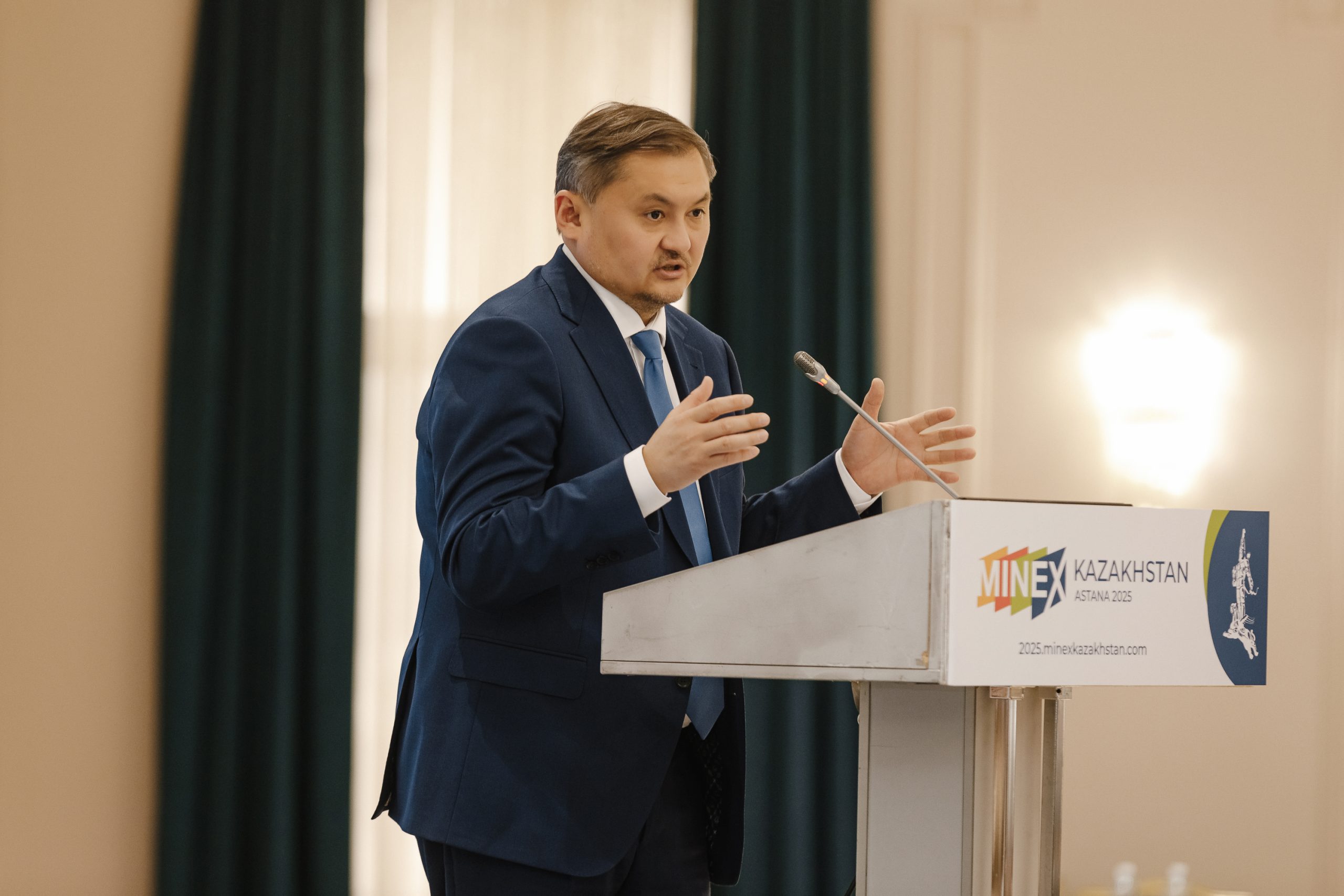At the MINEX Kazakhstan Mining and Geological Forum, a session was held on the future of scientific research and workforce development in the country’s mining sector. The event was moderated by Bakyt Manasbayeva, Deputy Executive Director of the Association of Mining and Metallurgical Enterprises (AMME).
Kazakhstan’s Minister of Science and Higher Education, Sayasat Nurbek, outlined key directions in scientific and technological policy. He emphasized the shift toward an open science model focused on university-based research and greater involvement of private companies. The National Academy of Sciences has now been granted the status of the highest scientific authority, and the Science Fund is being transformed from a grant-giving body into a fund of funds capable of launching joint venture and investment initiatives. Regional science will also gain momentum through newly established science and technology councils under regional administrations.
In terms of workforce development, Minister Nurbek announced the entry of top international universities such as the University of Exeter and the Colorado School of Mines into Kazakhstan. A new technical university is being opened in Zhezkazgan on the basis of the Kazakhmys geological cluster, and another is planned in Astana with a focus on mining and metallurgy.
He also highlighted the launch of the Atlas of New Professions six years ago, which maps out future job trends in nine priority economic sectors. The mining and metallurgical industry’s atlas was one of the first to be developed, with regional versions already implemented in nine areas of the country.
Bakyt Manasbayeva noted that up to 45% of employees at some enterprises are under 35, and this share continues to grow. Young professionals see the industry as offering stability, career growth, and social support. She stressed the need to update the Atlas in response to growing digitalization, automation, environmental concerns, and geopolitical shifts that are changing required skillsets.
The updated Atlas now includes roles such as mining digitalization specialist, ESG data analyst, rare metals expert, cybersecurity engineer for industrial systems, and digital twin specialist. In the coming months, in-depth interviews with industry experts and employers will be conducted to refine competence matrices and career pathways, culminating in a new version of the Atlas tailored to education, business, and youth.
The session also featured insights from scientific and industry leaders on commercializing technologies, training a new generation of mining professionals, and the future of geological exploration.

